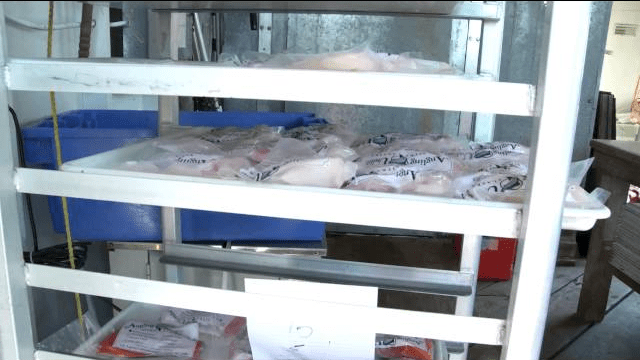Dry Brine Methods:
I learned this from Ray Vodapesp of Seattle who fishes off our dock with friends each summer. He specializes in smoking salmon, especially the very oily belly strips and tips (the pectoral fin area), but it works with fillets, too. Ray spends a lot of time in Sitka each summer and when a fresh batch of his fish comes out of the smoker, all work on our dock grinds to a halt and the eating begins.

